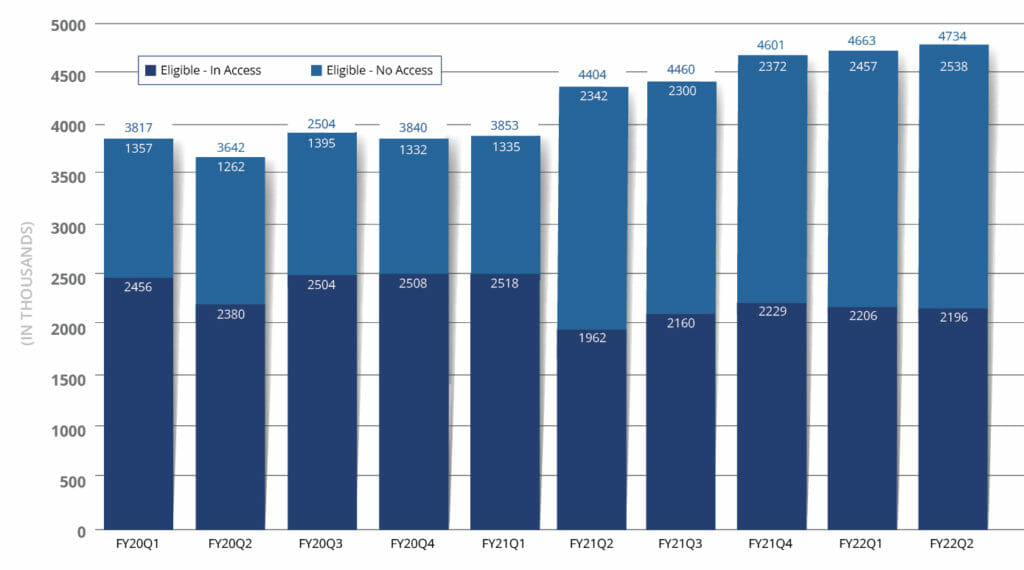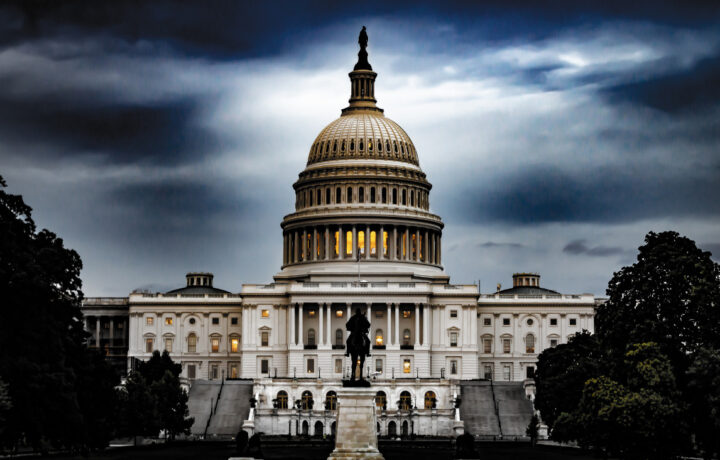Legislation was announced yesterday in response to security clearance reform conversations that began in the wake of scrutiny surrounding classified documents at the homes of former President Donald Trump and then Vice President Joe Biden. The accelerator toward proposed changes got some gas in the past month, in the wake of an alleged leak of classified documents by Massachusetts National Guard Airman Jack Teixeira.
Yesterday, a bipartisan group of senators led by Virginia Senator Mark Warner released two bills aimed at addressing current issues in the national security process. The Classification Reform Act of 2023 and Sensible Classification Act of 2023 propose a number of reforms or reviews, with a heavy focus on overclassification and training on classification procedures. A harmful undercurrent across both statements from the bills’ sponsors as well as the legislation itself, however, points to a renewed push to reduce the size of the cleared population, unrelated to mission need, and focused on a blanket belief that four million people with a clearance is ‘crazy,’ according to comments made by Sen. John Cornyn (R-TX).
The comments – and aspects of the currently proposed legislation – echo statements made following Edward Snowden’s breach in a 2013 memo from then Director of National Intelligence James Clapper, who questioned the then five million individuals with a security clearance. Clapper required agencies to conduct a review of all cleared personnel. The move created a slash and burn strategy across government contracting officers and program managers, and resulted in reductions in employee mobility and mission capacity, with a particularly difficult strain on small businesses.
Yesterday’s Sensible Classification Act of 2023 similarly states the ‘sense of the senate’ that “the number of people with access to classified information is exceedingly high and must be justified or reduced.”
Definitions Matter
Over the past several weeks senators have frequently begrudged the size of the cleared population, with repeated outcry that ‘too many people have a security clearance.’ Members of congress continue to cite the four million figure when indicating the size of the cleared population, but even the legislation itself points to a confusion in terms. The reality is, the number of individuals with access to classified information has already been in decline – and is listed in updates provided by the Performance Management Office’s Security, Suitability, and Credentialing Performance Accountability Council each quarter.

Into FY 2023, the overall number of security clearances has ticked up slightly, but we’ve yet to see a huge jump in the in-access population. Vetting is designed to ensure people have eligibility, as necessary, to both classified information and locations. Access is based on the position, and eligibility is tied to the person. If you’re eligible, but not in access, that means your current position doesn’t require or you’re not accessing classified information – but you remain eligible to do so, a key way of ensuring our talent pool stays broad and the government saves money. An eligible but not in-access individual could move back into a cleared position without a new security clearance background investigation -saving Uncle Sam roughly $5000.
It is a proper thing to look at who has access and ensure that access is needed – but it’s something the government is already doing. Sloppy security clearance procedures or a national guardsman walking away with classified materials won’t be solved by stripping security clearances – but what it will do is negatively impact hiring and mobility in the cleared space, which is already governed by candidate poaching based on a limited number of individuals with the blend of skills and certifications needed for specific federal government positions.
The legislation stovepipes supply and asks no questions about demand. In the midst of a clear hiring shortage across the federal government, the legislation doesn’t speak to the need for individuals with security clearances and a willingness to serve their country, or how we can make the path to a security clearance career more accessible – not less so. Government leaders have been emphasizing their graying workforces and hiring challenges, but many of those positions do come with security clearance requirements. In January the NSA announced one of its ‘largest hiring surges in 30 years’ with the demand for 3,000 new cyber and signals intelligence analysts to enter the ranks. Last month FBI Director Chris Wray emphasized that there are 50 Chinese hackers to every one FBI cyber professional, with a request for an additional $63 million to help it increase its cyber capacity and hire 192 new positions.
Security Clearance Needs Reform – Not Reductions
Security clearance reform is a tale as old as time – I’ve written about desk audits and cutting the size of the cleared workforce in 2012/2013, and we’re doing it again. If we’re doomed to let history repeat itself, let’s at least learn from it – desk audits didn’t stop the Navy Yard shooter, or Reality Winner, or – if accusations are accurate – Teixeira. The security clearance process is already designed to ensure those with access to classified information need it. A blanket reduction in the size of the cleared workforce – which is the reality you’ll get when you tell your agencies they have too many cleared people – will affect the mobility, upskilling, and diversity of our national security workforce. Let the market and the threat landscape dictate the number of security clearances. Don’t let a negative news cycle do it.




